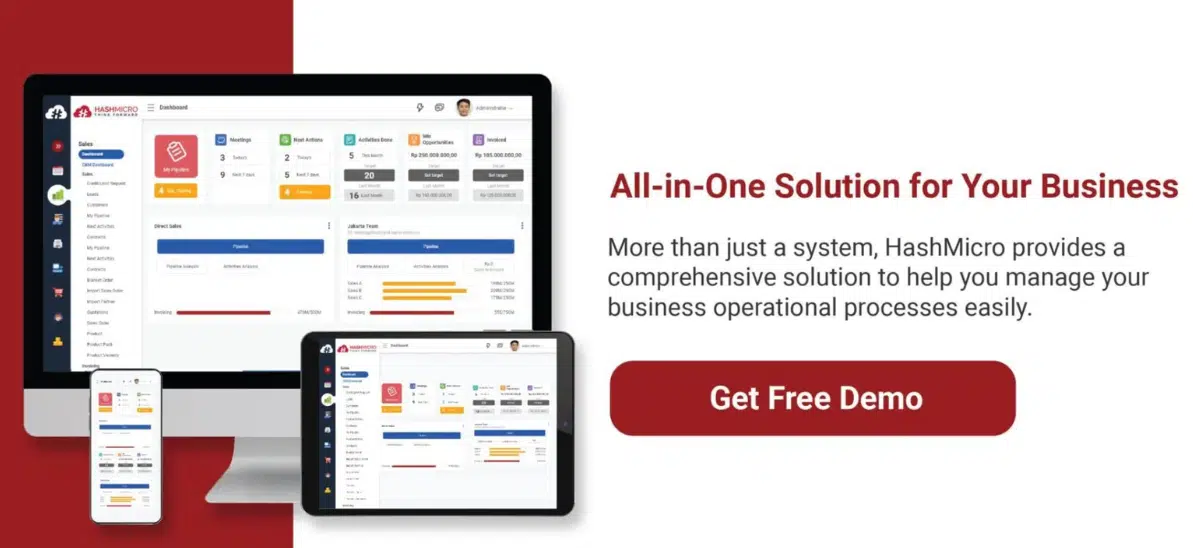Managing hospital inventory control is a critical yet often challenging task. Inefficient systems lead to overstocking, shortages, and expired supplies. Without proper oversight, hospitals risk wasting resources and compromising service quality.
This problem often arises from outdated tracking methods, lack of real-time data, and miscommunication between departments. Even small inventory errors can have significant consequences, impacting both financial health and patient safety.
Implementing a robust hospital inventory control system is the key to overcoming these issues. By using modern tools and efficient practices, hospitals can maintain optimal stock levels, reduce waste, and improve overall operations.
Many hospitals have felt the positive impact of using hospital inventory control software. Want to know how your hospital feels the same impact? Check out the following article.
Also Read: Best Software Automation Feature in Textile Industry
Table of Content:
Table of Content
What is Hospital Inventory Control?
Hospital inventory control refers to the process of managing and optimizing the medical supplies, equipment, and pharmaceuticals used in a healthcare facility. It involves monitoring the stock levels, tracking the usage patterns, ordering and receiving new supplies, and ensuring that the inventory is stored and distributed efficiently.
The purpose of hospital inventory control is to ensure that the hospital has the necessary equipment and supplies to provide quality patient care while minimizing costs, reducing waste, and streamlining workflows. Effective inventory control strategies can help healthcare companies to improve their operational efficiency, reduce stockouts, and increase revenue.
Challenges in Hospital Inventory Control
Hospital inventory control can be a complex and challenging task for healthcare companies. Addressing these challenges requires effective inventory management systems and processes, staff training, and ongoing monitoring and analysis of inventory data.
Pharmaceuticals sorting
Sorting pharmaceuticals can be a major challenge in hospital inventory control due to the sheer number and variety of medications used in healthcare settings. Pharmaceuticals must be stored and tracked carefully to ensure that they are used before their expiration date and that they are administered to the correct patients in the correct dosages. This requires accurate record-keeping and effective communication among healthcare staff.
To overcome these challenges, healthcare companies must implement robust pharmaceutical sorting systems that prioritize safety, accuracy, and efficiency. This can involve adopting advanced technology, investing in staff training and development, and continuously improving inventory management processes.
Loss of pharmaceuticals or medical tools
Loss of pharmaceuticals or medical tools is another significant challenge in hospital inventory control that can lead to operational and financial losses for healthcare companies. Medical supplies and tools can be misplaced, stolen, or damaged, resulting in waste, overstocking, and stockouts. This can impact patient care by delaying or interrupting treatments, as well as jeopardize patient safety by exposing them to substandard or expired products.
Healthcare companies must, therefore, establish clear hospital inventory management protocols that include security measures, such as locked cabinets and access control, to prevent unauthorized access or theft. Additionally, implementing a robust tracking system and conducting regular inventory audits can help identify and address issues of loss and waste, ensuring that the hospital maintains adequate inventory levels while reducing costs and improving patient outcomes.
Expiry date tracking
Expired products can pose significant health risks to patients, compromise treatment effectiveness, and result in financial losses for healthcare companies. Ensuring accurate and timely tracking of expiry dates requires a comprehensive hospital inventory control system that includes tools for monitoring and forecasting supply levels, identifying items approaching their expiration date, and removing expired items from the inventory before they are used.
This can be a complex task due to the sheer volume of items, variability in expiration dates, and the need to maintain compliance with regulatory requirements. A cloud based inventory system can simplify this process by providing real-time tracking and automated alerts for items nearing expiration.
To address this challenge, healthcare companies can invest in technology, such as barcoding and inventory management software, as well as training staff to implement best practices for expiry date tracking and management.
Unproductive staffs
Unproductive staff can be a challenge in hospital inventory control and can negatively impact the overall efficiency of healthcare companies. Inaccurate data entry, lack of attention to detail, and poor communication among staff can result in errors, delays, and lost revenue. Additionally, staff turnover and inadequate training can lead to inconsistencies in inventory management practices and result in gaps in knowledge and skills.
Healthcare companies must, therefore, invest in staff training and development programs. They have to ensure their staff is equipped with the necessary skills and knowledge to carry out their inventory control tasks effectively. This can involve providing regular training and support, implementing clear protocols and procedures, and creating a culture of accountability and continuous improvement.
What is Hospital Inventory Control Software?
Hospital inventory control software is a specialized tool that streamlines and automates the inventory management process in healthcare companies. It enables healthcare organizations to track and manage their inventory levels in real-time, ensuring that they have the necessary supplies to provide quality patient care while minimizing costs and waste.
Hospital inventory control software typically includes features such as barcode scanning, inventory tracking, and reporting capabilities. All of these can help companies to improve their overall efficiency and productivity. By providing a centralized platform for inventory management, healthcare organizations can streamline their workflows. They can also reduce manual errors and improve their compliance with regulatory requirements.
Benefits of Hospital Inventory Control Software
The benefits of hospital inventory control software for healthcare companies are numerous, including increased efficiency, cost savings, improved accuracy, and better patient care. Continue reading for more detailed explanations.
Track inventory and assets
Tracking inventory and assets is a crucial aspect of managing any business, including hospitals. With the help of inventory control software, hospitals can easily track their inventory levels and assets in real-time. This allows them to optimize their hospital inventory control processes, reduce waste, and ensure that essential items are always available when needed.
Reduce risks and inaccuracies
The software has automated inventory tracking and monitoring features. This helps provide accurate and up-to-date information on inventory levels, expiration dates, and product usage. This helps hospital staff avoid the risk of running out of essential items or having to dispose of expired products. It is extremely beneficial for hospital inventory control because those risks can result in financial losses and compromise patient safety.
Real-time monitoring
Hospital inventory control software offers real-time monitoring capabilities that can significantly benefit companies. With real-time monitoring, hospital staff can have a clear picture of inventory levels and usage patterns. This enables them to make informed decisions about restocking and inventory management. This can help reduce waste, minimize stockouts, and improve overall inventory efficiency.
Cost-saving
The software can help hospitals avoid overstocking, understocking, and expirations of supplies and equipment, which can lead to financial losses. Hospital inventory control software can also help hospitals negotiate better prices with suppliers. It achieves this by providing accurate usage data and enabling more informed purchasing decisions.
Conclusion
In conclusion, hospital inventory control is a critical aspect of managing a hospital effectively. To simplify hospital inventory control, hospitals can adopt some best practices such as establishing clear inventory management policies. Other ways they can try are training staff on inventory management procedures and using barcode scanners to track inventory accurately.
One of the best ways to simplify hospital inventory control is by implementing software. The top recommendation for a hospital inventory control system is Hash Hospital. The software is specifically designed to help hospitals streamline their operations, enhance patient care, and improve overall efficiency. Schedule a free demo now and get a grant up to 50%!
Frequently Asked Questions Hospital Inventory Control
-
What are the different categories of hospital inventory?
Hospital inventory typically falls into five categories: Standard Inventory, Serialized Inventory, Serialized Inventory with Quantity, Batch/Lot Inventory, and Non-Inventory Items.
-
What are the key methods of inventory management?
The four primary approaches to inventory management are Just-in-Time (JIT) management, Materials Requirement Planning (MRP), Economic Order Quantity (EOQ), and Days Sales of Inventory (DSI).
-
What are the main types of inventory?
Inventory is generally classified into four types: Raw Materials, Work-in-Progress (WIP), Finished Goods, and Maintenance, Repair, and Overhaul (MRO) inventory.




































